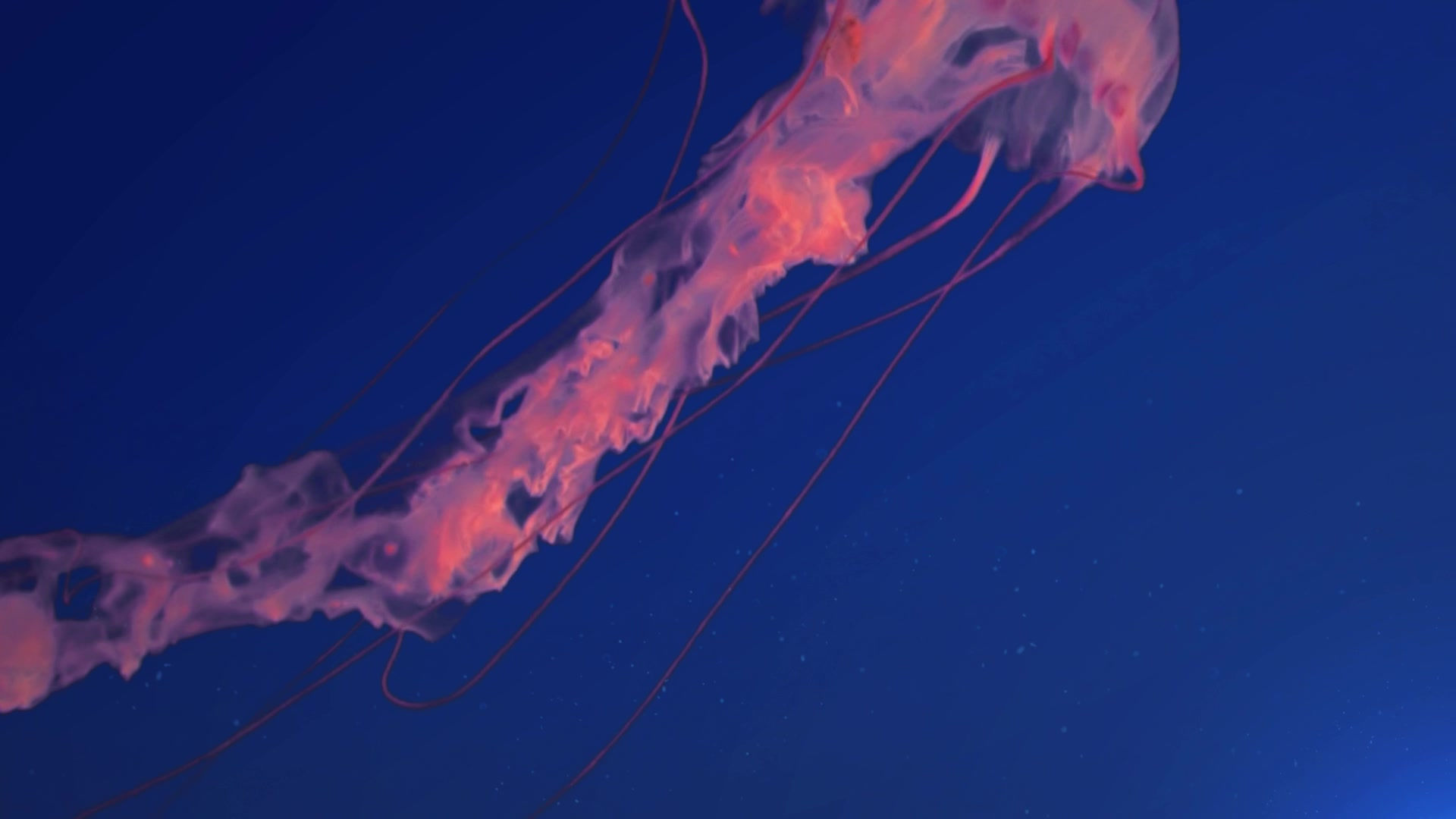
SC.912.L.14.3 Cell Structures
1. Compare and contrast the general structures of prokaryotic and eukaryotic cells.
TUTORIALS
Cell Structures
Cell Types (Prokaryotic and Eukaryotic)
PROKARYOTIC CELLS DO NOT HAVE A NUCLEUS or membrane-bound organelles
EUKARYOTIC CELLS DO HAVE A NUCLEUS and membrane-bound organelles
2. Compare and contrast the general structures of animal and plant cells.


3. You need to know how the structure relates to the function of the components of plant or animals cells. Structures you need to know are the cell wall, cell membrane, cytoplasm, plasmids, ribosomes, flagella, nucleus, nuclear envelope, nucleolus, chromatin, ribosomes, endoplasmic reticulum, microtubules, microfilaments, vacuoles, mitochondria, Golgi apparatus, chloroplasts, lysosomes, and cilia
Cell Membrane: Regulates materials entering and leaving the cell, protects and supports the cell. All cells have a cell membrane.
Cell Wall (Found in all cells except animal cells). Shapes supports, and protects the cell
Cytoplasm (Found in All Cells) The jelly-like fluid that fills the cell. It is made up of mostly water
Contains all organelles and cell parts

Ribosomes (Found in All Cells): Synthesize proteins


Plasmids: A ring of DNA present in bacteria cell only

Nucleus: Controls most cells processes and contains the DNA. The small, dense region is the nucleolus.

Nuclear envelope: Allow materials to move into and out of the nucleus
Nucleolus: Makes ribosomes
Chromatin: Package DNA into a small volume to fit into the nucleus of a cell
Mitochondria: The "powerhouse" convert chemical energy in food to usable compounds (ATP)
The site of cellular respiration

Chloroplasts: Convert solar energy to chemical energy store in during photosynthesis found in plants and algae

Golgi apparatus: Modifies, sorts and packages proteins and lipids for storage or transport outside the cell

Endoplasmic reticulum: Transports and assembles proteins and lipids

Microtubules: Tubulin-like proteins that move vesicles and organelles like mitochondria
Microfilaments: used for cellular movement
The Cytoskeleton is network of protein filaments and tubules in the cytoplasm of many living cells, giving them shape and coherence.

Lysosomes: Breakdown and recycle macromolecules

Cilia: Hair-like structures found in some animal cells

Flagellum: Tail like structure used for locomotion found in some animal cells

Vacuoles: Store materials like water, food or wastes

4. You need to understand the role of the cell membrane as a highly selective barrier that regulates what enters and leaves the cell and carries out passive transport (No ATP needed )and active transport using ATP



